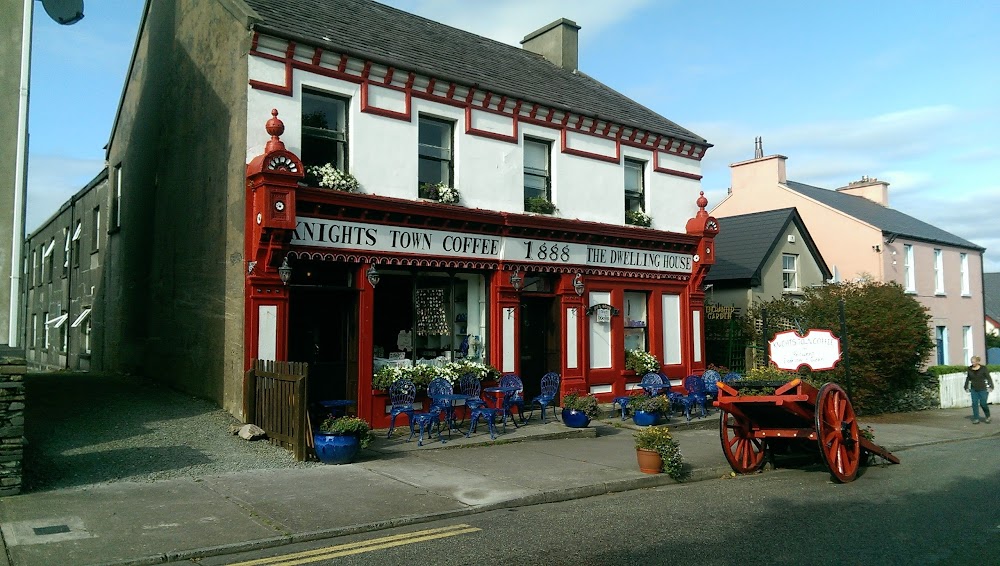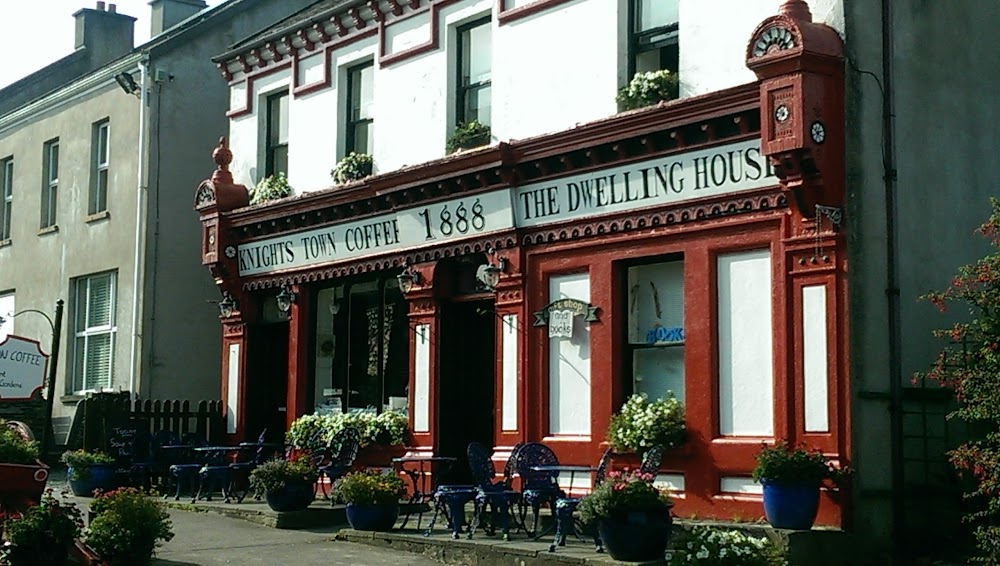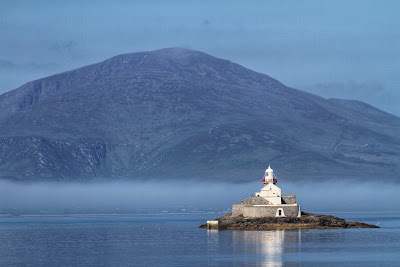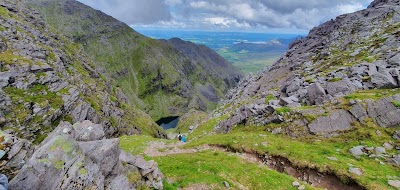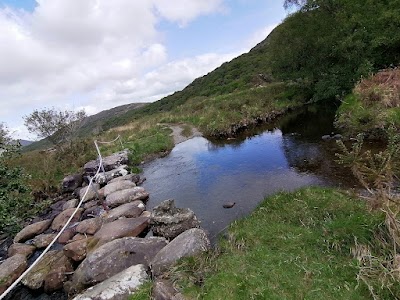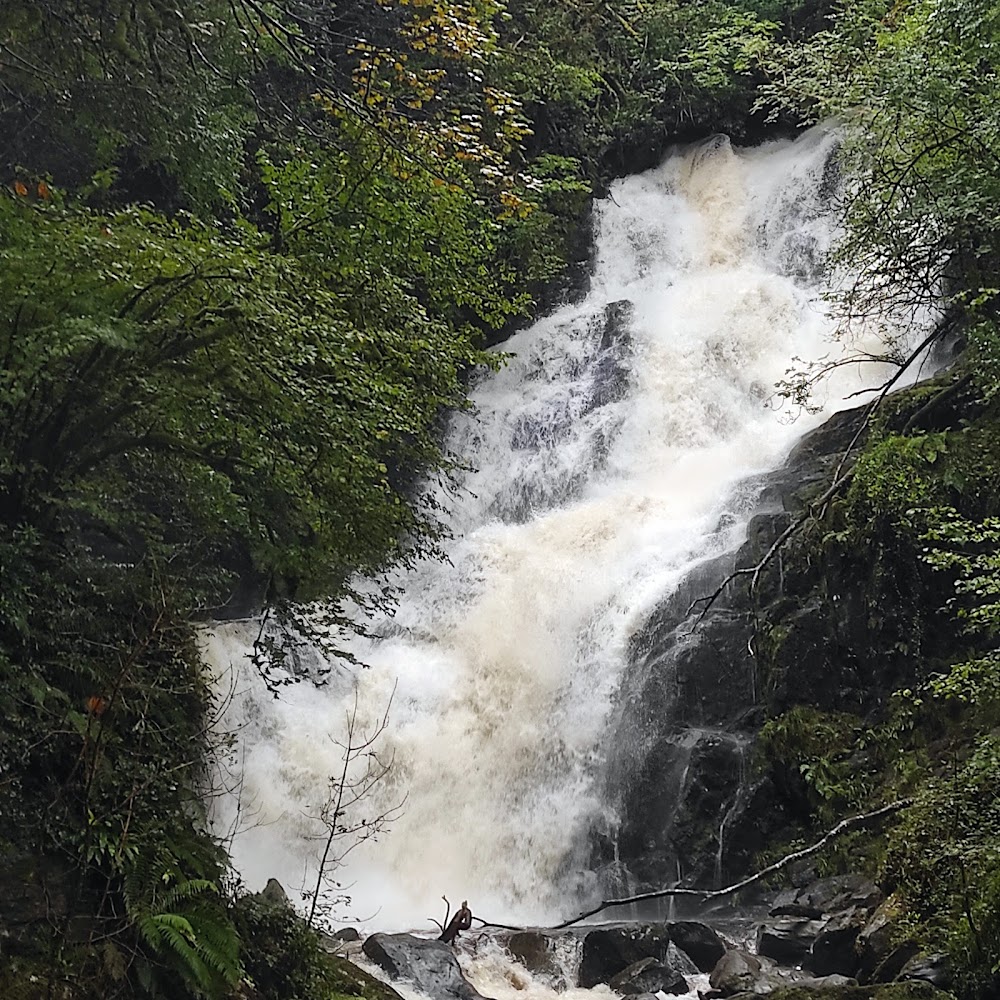Valentia Island (Oileán Dairbhre)
Overview
Valentia Island, nestled in the stunning County Kerry, Ireland, is a captivating destination brimming with history and natural beauty. Spanning approximately 11 kilometers in length and 3 kilometers in width, it boasts breathtaking landscapes, historical landmarks, and a lively local community.
A Rich Historical Tapestry
The island's history stretches back to ancient times, with archaeological evidence indicating habitation as far back as the Neolithic period. The landscape is dotted with forts, standing stones, and ancient burial sites, offering visitors a fascinating glimpse into its long and storied past.
One of the defining moments in Valentia Island's history is its crucial role in the development of global telecommunication. In 1857, the first attempt to lay a transatlantic telegraph cable from Europe to North America began here. Although the initial endeavor was unsuccessful, a successful connection was achieved in 1866, linking Valentia Island to Heart's Content in Newfoundland, Canada. This groundbreaking achievement marked the dawn of global communication, effectively shrinking the world.
The remnants of the telegraph station now stand as a heritage site, attracting visitors with an interest in historical technology. A dedicated visitor center on the island details this fascinating chapter, celebrating Valentia's significant contribution to the evolution of global communications.
Natural Wonders Await
Valentia Island is also a paradise for nature lovers, offering stunning views and rich biodiversity. The remarkable Fogher Cliffs provide breathtaking vistas of the Atlantic Ocean, while a hike to Bray Head rewards adventurers with panoramic views of the Skellig Islands and the rugged coastline.
Another highlight is the Valentia Island Tetrapod Tracks, fossilized footprints dating back approximately 385 million years. These tracks offer invaluable insights into the early transition of life from sea to land and are among the oldest and most extensive examples of such footprints in the world.
Charming Villages
The island is home to two main villages: Knightstown and Chapeltown. Knightstown is renowned for its charming Victorian architecture, a remnant of its days as a base for telegraph station workers. The village retains a quaint, picturesque charm, with a beautiful seafront and period buildings that provide a window into Ireland’s rich past.
Chapeltown, while smaller, plays an equally vital role in the island's community life. Featuring local shops, traditional pubs, and St. Brendan's Well—an important historical and religious site—Chapeltown embodies the spirit of Valentia Island.
A Thriving Community
Today, Valentia Island's community thrives on tourism, fishing, and agriculture. Tourism is particularly vital, drawing visitors to its natural splendor, historical sites, and outdoor activities such as hiking, kayaking, and bird watching.
A key attraction is the Skellig Experience Centre, where visitors can learn about the nearby Skellig Islands, a UNESCO World Heritage site famous for its early Christian monastery and diverse birdlife. Though the Skellig Islands are offshore, Valentia Island serves as the primary gateway for tours to these remarkable sites.
Accessibility and Local Culture
Accessing Valentia Island is easy, thanks to a bridge from the mainland at Portmagee and a seasonal ferry service from Reenard Point. This seamless travel has allowed Valentia to maintain a unique blend of isolation and accessibility.
The people of Valentia Island are known for their warm hospitality and strong sense of community. Annual events like the Valentia Island Festival celebrate local culture with music, dance, and maritime-themed activities, fostering a tight-knit community spirit.
In summary, Valentia Island is a hidden gem in County Kerry, beautifully blending remarkable natural beauty with a rich historical tapestry and a vibrant community. Its pivotal role in global communication history, combined with diverse natural attractions, makes it a must-visit destination for anyone exploring Ireland's Wild Atlantic Way.


